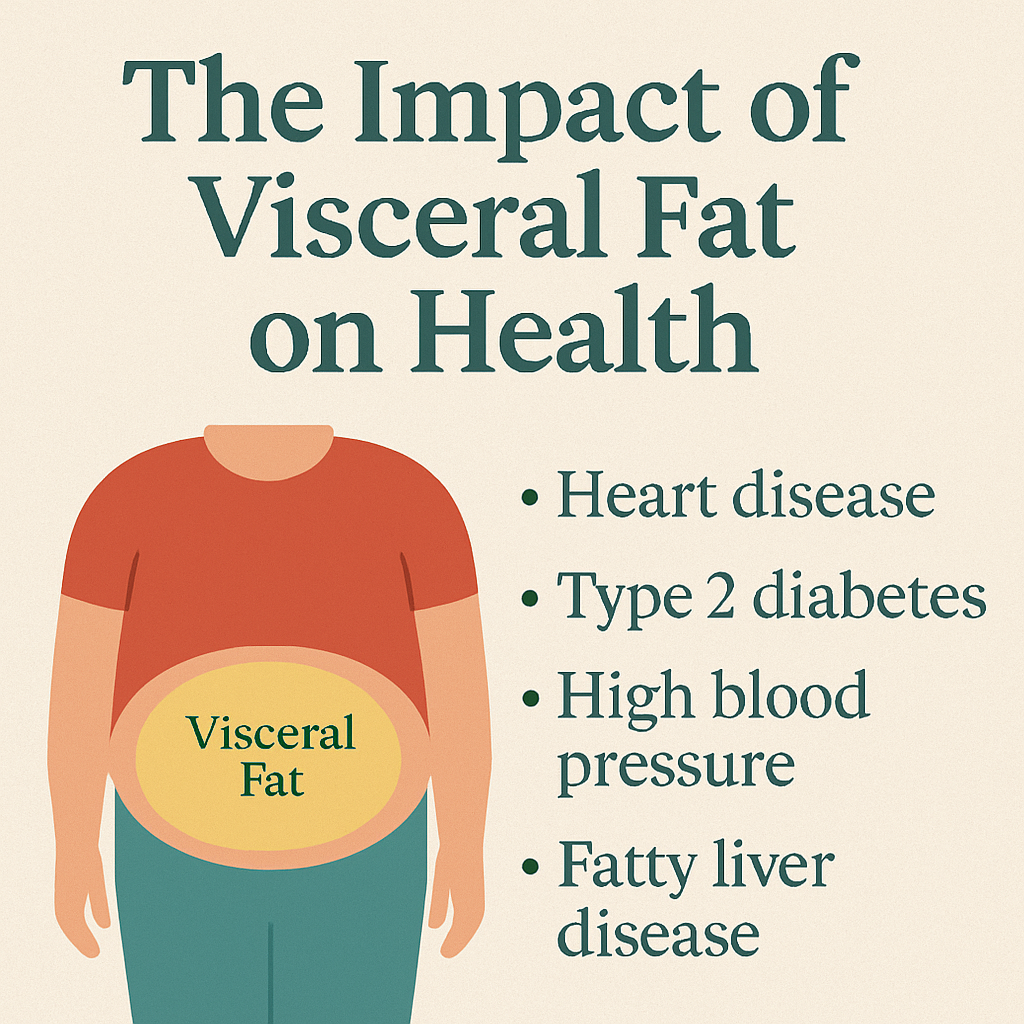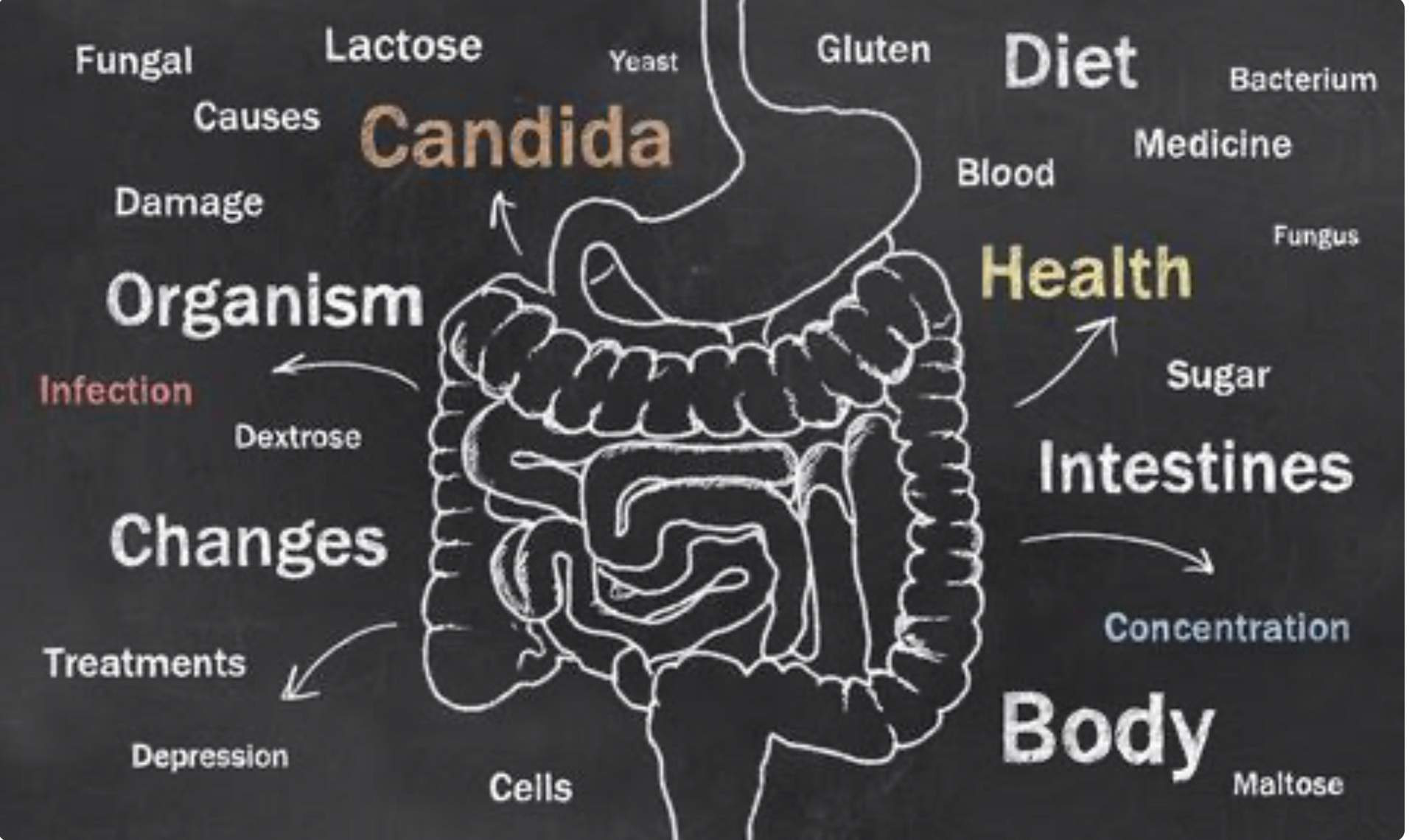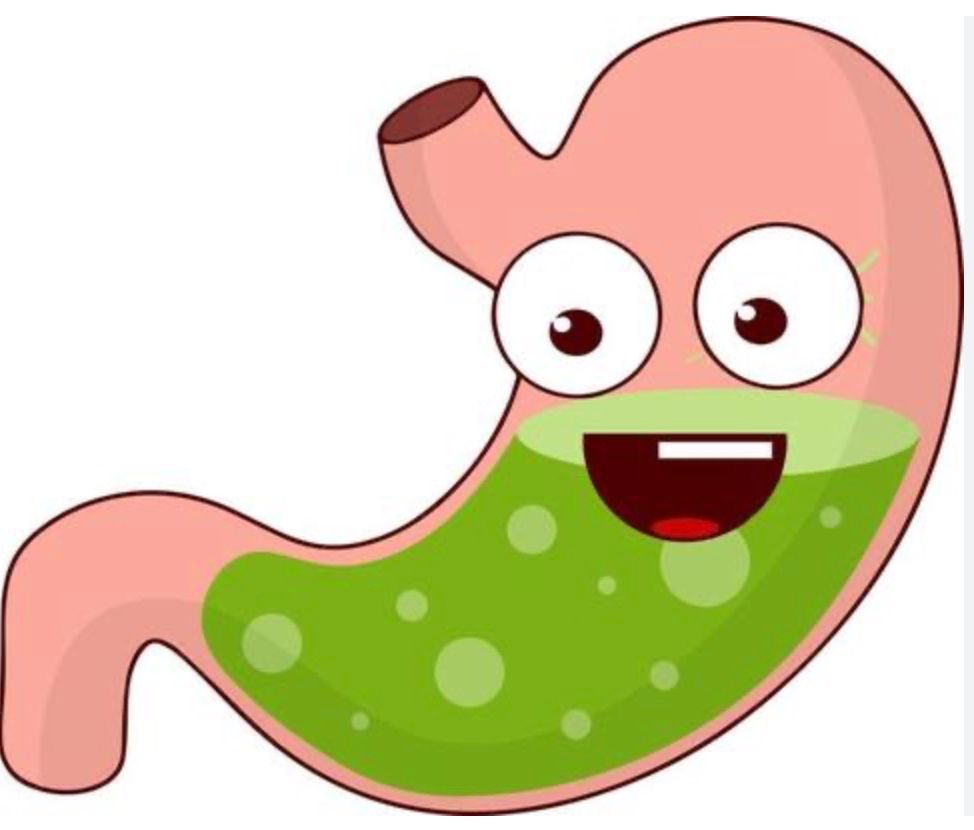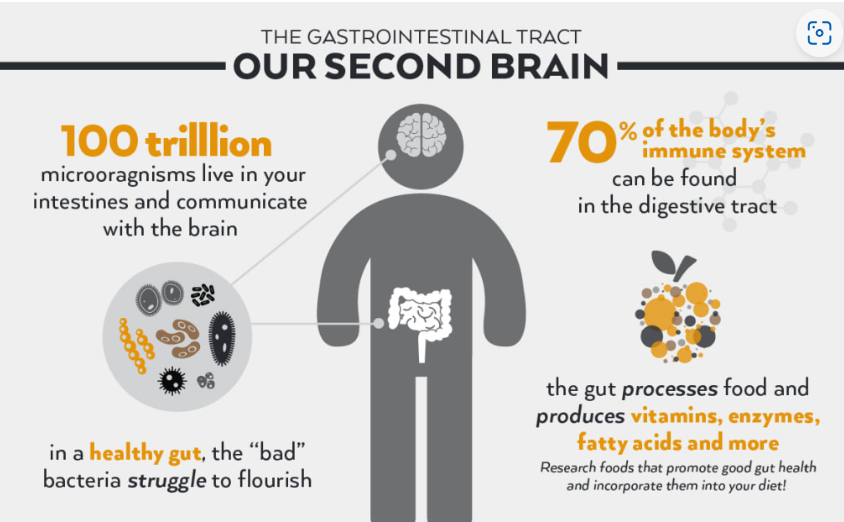The Hidden Danger: What You Need to Know About Visceral Fat & Insulin

The Hidden Danger: What You Need to Know About Visceral Fat & Insulin
When we talk about fat, most of us think of what we can see—like the extra padding around our waist or thighs. But there’s another kind of fat that hides deeper in the body, and it can be far more harmful: visceral fat.
This isn’t about body shaming or chasing unrealistic ideals—this is about your health from the inside out. Let’s break it down in a simple, friendly way.
What Is Visceral Fat?
Visceral fat is the fat stored deep inside your abdomen. It wraps around vital organs like your liver, pancreas, and intestines. You can’t always see it, but it can still do damage.
Think of it like clutter in your body’s control center—it takes up space, causes dysfunction, and puts stress on your internal systems.
Why Is Visceral Fat Dangerous?
Unlike subcutaneous fat (the stuff you can pinch), visceral fat is biologically active. It doesn’t just sit there—it sends out inflammatory signals, disrupts hormone function, and increases the risk of serious health issues, including:
- Heart disease
- Type 2 diabetes
- High blood pressure
- Fatty liver disease
- Hormonal imbalances
Even people who appear slim on the outside can carry dangerous levels of visceral fat if their lifestyle is out of balance.
Where Insulin Comes In
Now let’s talk about insulin—the hormone that helps your cells absorb glucose (sugar) from your blood for energy.
When we eat a lot of refined carbs and sugar (think white bread, pastries, soda), our blood sugar spikes. In response, the body releases insulin to bring that sugar into cells. But when this happens repeatedly—day in and day out—your cells start to ignore insulin. This is called insulin resistance.
- The result? Your body produces more insulin in an attempt to compensate.
- And high insulin levels = fat storage mode, especially around the belly.
Insulin doesn’t just help store sugar—it also signals the body to store fat and prevent fat burning, particularly in the abdominal area where visceral fat loves to grow.
What You Can Do
- Eat real food: Focus on clean, grass fed and/or pastured proteins, healthy fats, and some fresh organic vegetables. Keep your consumption of grains and starchy foods low. And finally, cut back, or better yet, eliminate processed sugars and refined carbs. An added benefit to this style of eating is weight loss!
- Move your body: Walking, strength training, and high-intensity interval training (HIIT) are all great for reducing visceral fat.
- Prioritize sleep: Poor sleep affects blood sugar and hormone balance, making fat loss harder.
- Manage stress: High stress = more cortisol = more belly fat. Find what helps you unwind, whether it’s yoga, meditation, or simply unplugging for a while.
- Get some sunshine: Vitamin D supports insulin sensitivity and overall metabolic health. (Win-win!)
Final Thought
You don’t need to chase a six-pack. The goal is to feel strong, balanced, and energized—and keeping visceral fat in check is a powerful way to protect your long-term health.
Small daily choices can shift your body out of fat-storing mode and into a healthier, more resilient state.
Your body is always trying to take care of you. Let’s give it the tools to succeed. I’m here to help you on your journey to wellness.

















